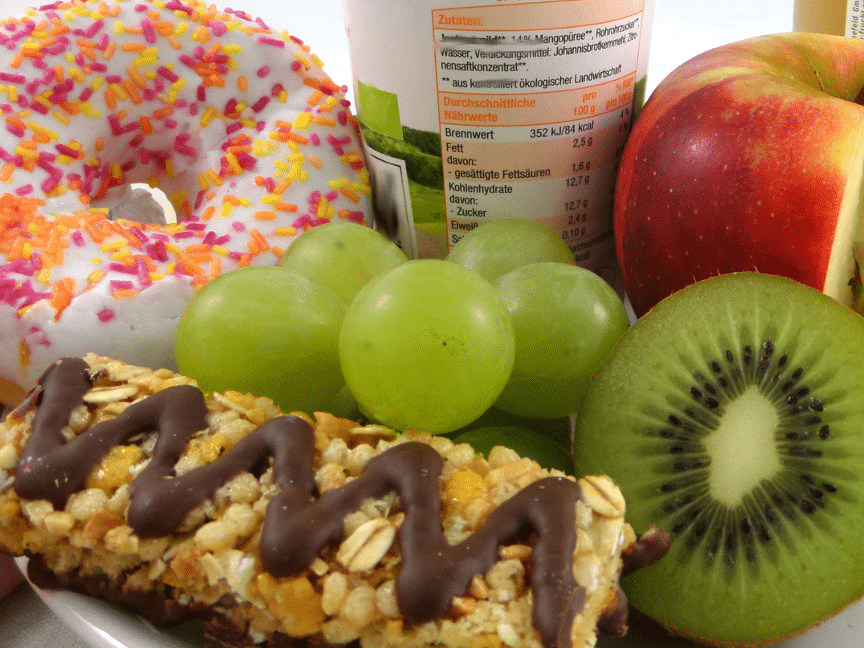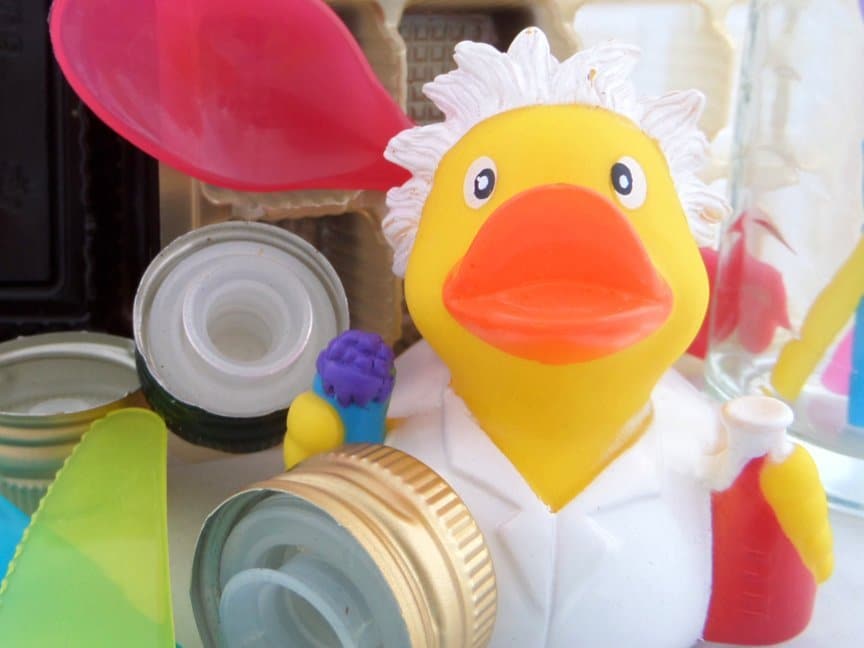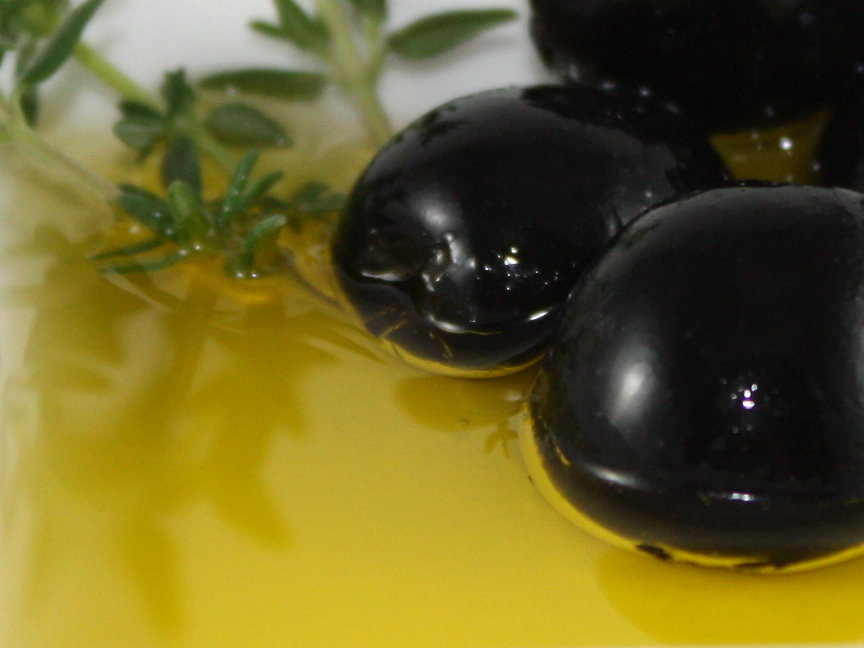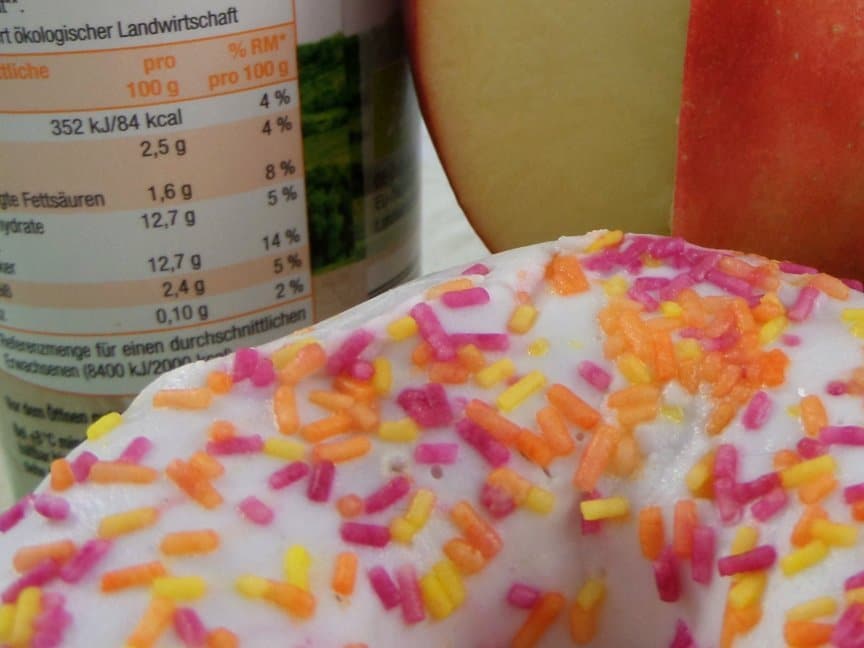 Als Entrepreneur im Bereich Lebensmittel und Nahrungsergänzungsmittel müssen viele verschiedene Herausforderungen bewältigt werden. Es müssen die üblichen Themen eines Startups, wie Businessplan, Finanzierung etc.. gelöst werden. Dazu kommen die branchenspezifischen Fragestellungen, bei deren Beantwortung wir gerne praxisnah unterstützen.
Als Entrepreneur im Bereich Lebensmittel und Nahrungsergänzungsmittel müssen viele verschiedene Herausforderungen bewältigt werden. Es müssen die üblichen Themen eines Startups, wie Businessplan, Finanzierung etc.. gelöst werden. Dazu kommen die branchenspezifischen Fragestellungen, bei deren Beantwortung wir gerne praxisnah unterstützen.
Besondere Fragestellungen des FoodStartups:
Welche Genehmigungen werden benötigt?
- Nachweis über den Umgang mit Lebensmitteln (Gesundheitspass: Film oder kurze Belehrung)
- Abnahme der Lebensmittelproduktion vom örtlichen Ordnungsamt
- Gewerbeschein
- Eine Reisegewerbekarte, falls man auf örtlichen Märkten verkaufen will
Das klingt jetzt alles etwas aufwendig, ist es aber im Endeffekt gar nicht. Interessierte sollten sich einfach an Ihre Stadt (Wirtschaftsdezernat) wenden oder die IHK. In der Regel bekommt man dort alle Adressen und Ansprechpartner gebündelt ausgehändigt.
Einordnung des Produktes
Entscheidend für das weitere Vorgehen ist die Einordnung des neuen Produktes. Handelt es sich um ein Lebensmittel, ein Nahrungsergänzungsmittel oder gar um ein Arzneimittel?
Welche Zutaten setze ich ein?
Die Frage, welche Rohstoffe eingesetzt werden, entscheidet selbstverständlich über die Qualität des Endproduktes. Kauft man seine Rohstoffe im Großmarkt, kann man davon ausgehen, dass diese schon überprüft wurden und den Ansprüchen der EU Verordnungen genügen. Bezieht man seine Rohstoffe direkt vom Produzenten, ist das grundsätzlich eine gute Sache, aber dann sollte auch ein Blick auf das Qualitätsmanagement des Herstellers geworfen werden. Zertifizierte Bio Betriebe sind dabei z.B. anders zu bewerten als Kleinstbauern im außereuropäischen Ausland. Das bedeutet NICHT, dass nicht zertifizierte Betriebe eine schlechtere Qualität produzieren. Die Zertifizierungen sind sehr kostenintensiv und daher können sich gerade kleine lokale Produzenten diese nicht immer leisten. Trotzdem gilt aber: Vertrauen ist gut, Kontrolle ist besser. Wenn beispielsweise Tee direkt aus dem Ursprungsland importiert wird und es keine gesicherten Informationen zu dem Pestizid-Einsatz gibt, ist es ratsam, ein Vorkaufsmuster analysieren zu lassen, und zwar bevor sich der erste Container auf den Weg macht. Ähnliches gilt für getrocknete Kräuter und Gewürze. Jeder Rohstoff hat sein eigens Risikofeld. Reis hat häufig Probleme mit Arsen, Kakao mit Cadmium und Obst mit Pestiziden. Es ist also wichtig die Rohstoffe mit Bedacht auszuwählen und sich über das Risiko, das mit diesen Rohstoffen und den Herkunftsländern verbunden ist, beraten zu lassen. Letztlich münden diese Anstrengungen in einem eigenen Qualitätsicherungssystem.
Wie bestimme ich das Haltbarkeitsdatum?
Wie lange ein Produkt haltbar ist, hängt im wesentlichen vom Produkt, vom Herstellungsprozess und der anschließenden Lagerung ab. Eine Bestimmung des MHDs (Mindesthaltbarkeitsdatum) kostet etwas Zeit. Im Zweifel dauert es mindestens so lange, wie das Produkt später haltbar sein soll. Zwei Vorgehensweisen sind denkbar:
- Das Produkt wird so lange gelagert, wie es haltbar sein soll. Nach der Lagerung wird mikrobiologisch, sensorisch und ggf. chemisch geprüft. Wenn diese Analysen zufriedenstellend ausfallen, kann dieser Zeitraum als MHD angegeben werden.
- Das Produkt wird gelagert und in regelmäßigen Zeitabständen mikrobiologisch, sensorisch und ggf. chemisch geprüft. Der letzte Zeitpunkt, bei dem die Prüfungen zufriedenstellend ausfielen, kann als MHD angesehen werden.
Bei Lebensmitteln, die später ungekühlt im Regal stehen sollen, kann u.U. Alterungsprozess beschleunigt werden. Man kann diese Produkte bei ca. 30 Grad lagern. Dann gilt: 1 Woche entspricht ca. 4 Wochen. Also 2 Wochen Lagerung bei 30°C entsprechen dann 8 Wochen bei Raumtemperatur. Das beschleunige Verfahren eignet sich aber nur für ausgewählte Lebensmittel und sollte in jedem Fall mit unserem Team abgesprochen werden.
Die erstgenannte Vorgehensweise liefert eine entweder/oder-Aussage. Probleme entstehen, wenn das Produkt zum Zeitpunkt der Prüfung nicht mehr ok ist. Es kann dann lediglich die Aussage getroffen werden: “Zeitraum XYZ ist zu lang”. Es gibt keine Möglichkeit aus dem Ergebnis ein anderes, kürzeres MHD abzulesen. Die einzige Möglichkeit ist eine Wiederholung mit der Analyse nach einer kürzeren Zeit. Daher an dieser Stelle ein Rat, weil das Budget gerade am Anfang meist sehr knapp ist. Machen Sie zuerst einen Selbstversuch um das ungefähre MHD abzuschätzen und dann die professionelle Analyse. Spielt das Budget keine so große Rolle, dann ist die zweite Vorgehensweise zu empfehlen. Sie vermeiden so den Zeitverlust einer Wiederholung der gesamten Haltbarkeitsprüfung nach der ersten Methode.
Kennzeichnung
Kennzeichnung ist ein komplexes Feld. Die rechtliche Grundlage hierfür bildet die Lebensmittelinformationsverordnung. Auch hier gibt es keine Vorschrift, die Sie verpflichtet, die Kennzeichnung professionell überprüfen zu lassen. Und wo kein Kläger, da kein Richter. Sollte es aber eine Überprüfung durch die Überwachungsbehörde geben, wird in der Regel als erstes die Kennzeichnung überprüft. Und sollten die behördlichen Stellen fordern, dass Sie ihre Etiketten anpassen, nachdem ihre Produkte schon im Regal stehen, kann das äußerst ärgerlich sein. Weitere Informationen dazu finden Sie auf unserem Artikel zum Thema Kennzeichnung von Lebensmitteln.
Nährwerte
Grundsätzlich ist eine Kennzeichnung der Nährwerte auf der Verpackung seit einiger Zeit Pflicht. Bei ballaststoffreichen Produkten oder wenn die Ballaststoffe explizit ausgelobt werden sollen, empfiehlt sich die sog. “Big 8” Analyse. Für Produkte, die kaum oder keine Ballaststoffe enthalten, ist die “Big 7” ausreichend. In einigen Fällen können die Nährwerte auch aus der Rezeptur berechnet werden. Es gibt aber Ausnahmen für kleine regionale Produzenten. Als “klein” gelten Betriebe mit weniger als 10 Mitarbeiter und/oder 2 Mio. Jahresumsatz. Diese Betriebe müssen nicht zwingend die Nährwerte auf der Verpackung deklarieren, solange nur regional vertrieben wird. Die Ausnahme gilt nicht mehr, sobald die Produkte in größeren Onlineshops (Amazon/ebay,….) vertrieben werden. Dann sind die Nährwerte auf jeden Fall verpflichtend. Die Ausnahme gilt auch nicht, wenn mit bestimmten Inhaltsstoffen geworben wird, wie z.B. “Reich an..XYZ” oder “Fettreduziert”, dann müssen die Nährwerte zwingend aufgeführt werden.
Besondere rechtliche Regelungen?
Einige Produkte fallen beispielsweise unter die NovelFood Verordnung und dürfen somit nur nach Genehmigung in Europa vertrieben werden. Beispiele dafür sind Erfrischungsgetränke aus der Kaffeekirsche oder Snacks mit Insekten. Diese erfreuen sich in anderen Ländern großer Beliebtheit und sind dort auch schon seit Jahren auf dem Markt; hierzulande sind sie aber neu. Das bedeutet, das erst ein Antrag bei der EU gestellt werden muss, erst dann wird bewertet ob eine gesundheitliche Gefahr von diesen Produkten ausgeht. Produkte bzw. Zutaten, die unter die Verordnung für neuartige Lebensmittel fallen müssen auf der Verpackung besonders gekennzeichnet werden. Gerne stehen wir Ihnen bei allen Fragestellungen beratend zur Seite. Sprechen Sie uns einfach an. Kontakt: mail@my-lab.com oder 030-233215800 wichtige Analysen für den Start:
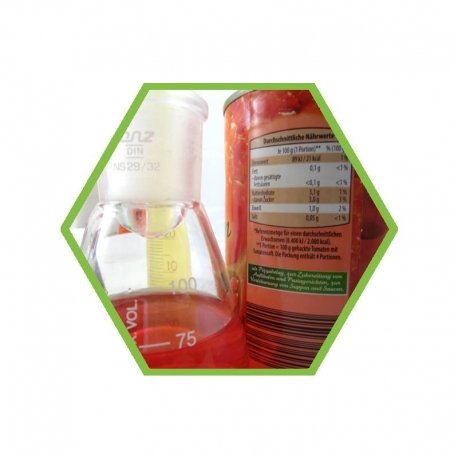 | Nährwerte in Lebensmitteln (Big 7) ohne BallaststoffeFGB07 Downloads: |
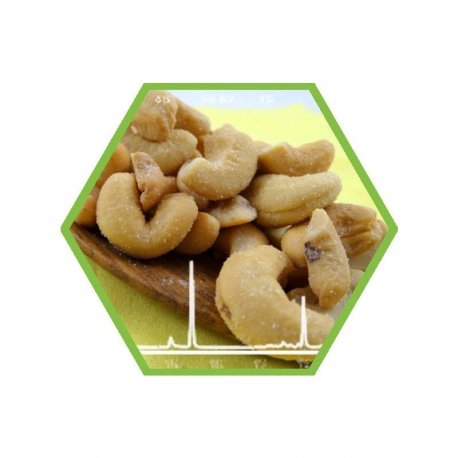 | Nährwerte Berechnung aus RezepturFGB01 |
 | Nährwerte in Lebensmitteln (Big 8) mit BallaststoffenFGB8 Downloads: |
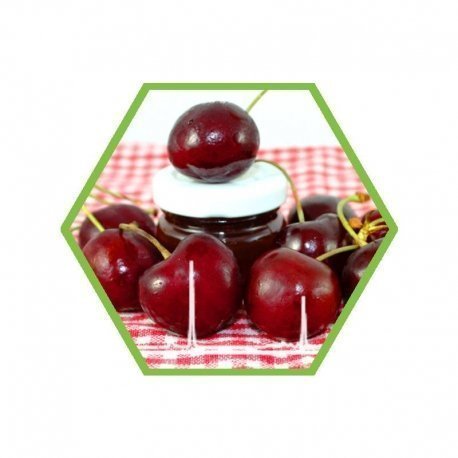 | Haltbarkeit: Überprüfung und Bescheinigung der Mindesthaltbarkeit (MHD) von LebensmittelnFGMHD Downloads: |
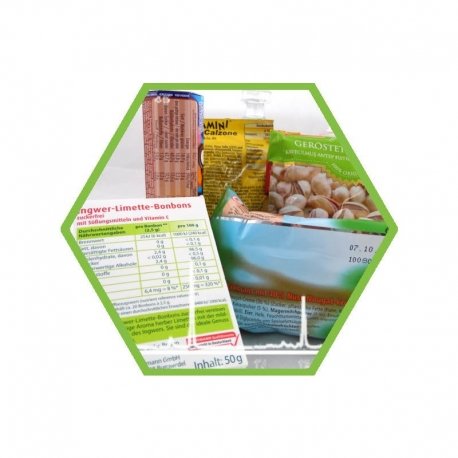 | Kennzeichnungsprüfung (national)FLG01 |
Bildnachweis:
- Titelbild + Beitragsbild | Quelle: my-lab International | Modifiziert von my-lab International
